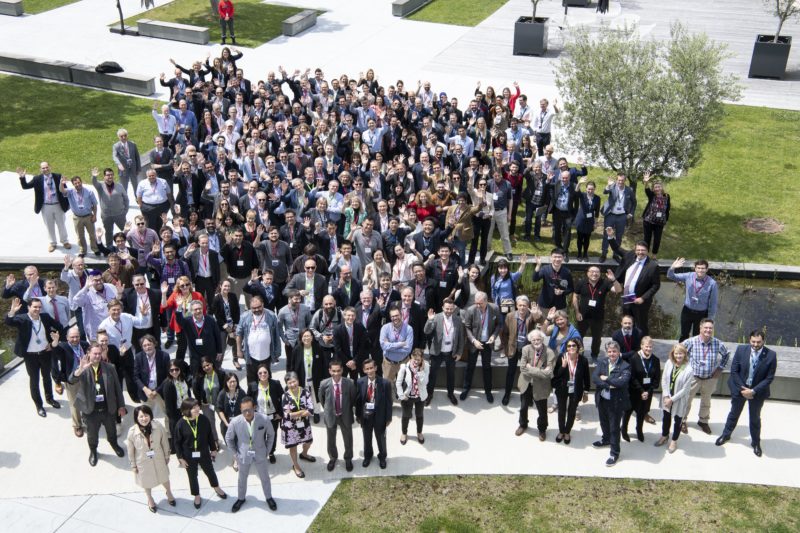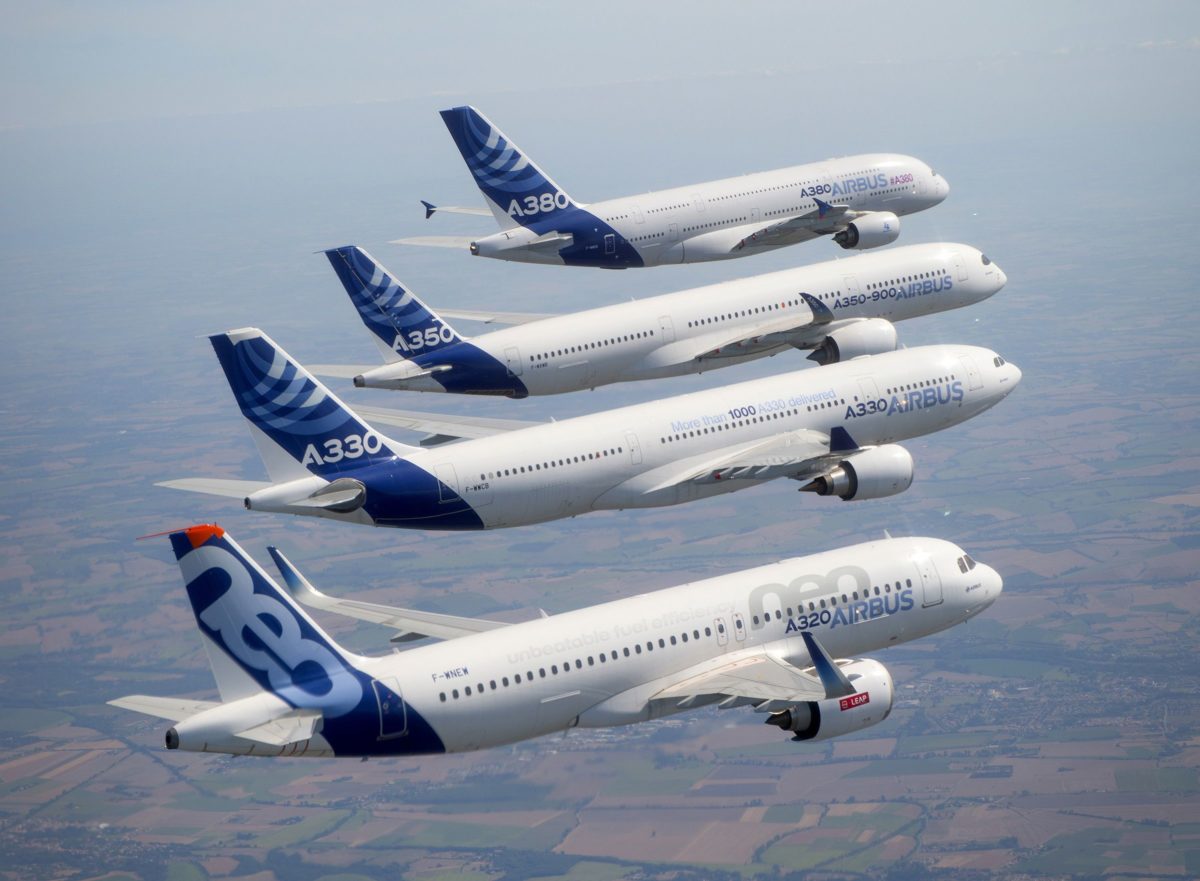Between the 19th of May and the 24th of May, I was given the task of travelling from Wagga Wagga, Australia to Toulouse, France to attend my first Airbus event since joining this blog last year.
For those interested in the route I took:
- WGA – SYD QF 2226 Q400
- SYD – SIN – LHR QF1 A380
- LHR – TLS – BA374 A319
The event took place between the 21st and 22nd of May, however they proved the haul from Australia was well worth it with some great presentations and displays!
Here are the highlights from the two days from my eyes!
A220 – crown acquisition
Disregarding the general market facts and figures that kicked off the show, the first major announcement that grabbed the attention of the 130+ journalists and media was the performance upgrade for the A220 series.
The aircraft family, previously known as the Bombardier CSeries, was largely acquired by Airbus to offer airlines a clean-sheet, ultra competitive, highly efficient aircraft in the 100-150 seat market.
What was already a excellent performer, Airbus was able to boost its range and maximum takeoff weight, unlocking more route options. Check out the dedicated article here:
Airbus maintains the acquisition and re-branding of the jet to their own aircraft lineup has been the best thing they’ve done.
It’s proven on paper and in practice that shrinking an aircraft is hard and very inefficient compared to a ground-up small design. Where the A318 and A319 fell behind, the A220 can excel at.
Its lighter body, optimized wing and highly digital ecosystem allows for airlines to introduce or operate the type very easily, however the A320 family isn’t left behind.
Airlines have the options to operate the A320 family of any size or A220 depending on what suits the best price, induction and maintenance wise.
But how else does Airbus see the aircraft working in their family?
Noting the A220 as a market opener, the aircraft, if operated alongside the successful A321neo/LR and A330, airlines can benefit from the best economics from an aircraft combination.
The maturity of the A330 and A320 family aircraft, even as re-engined aircraft, allows Airbus to offer a competitive pricing advantage over other families.
A320neo Family – future developments?
Throughout the event, the most popular question thrown at Airbus from the guests was “will there be an A321XLR to compete with the Boeing NMA”? Interesting answer – one that should hopefully be clear soon.
Guillaume Faury addressed the crowd stating the following:
“The A321LR is the longest range single aisle aircraft for the moment.”
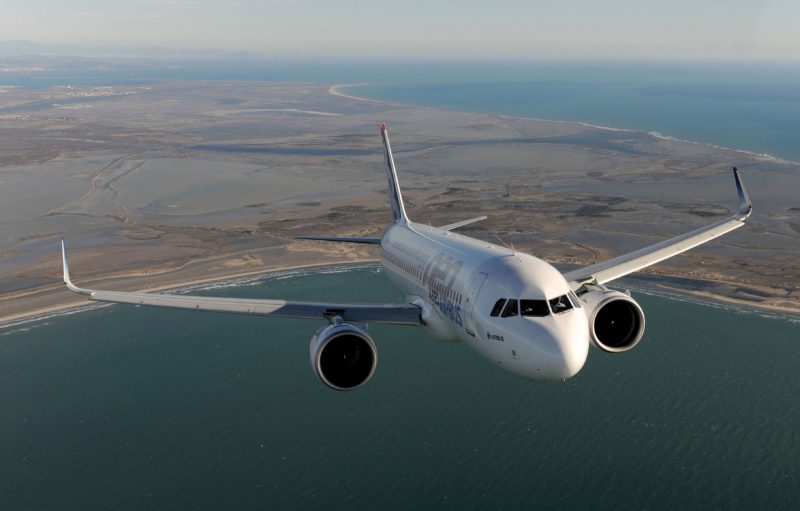
With the idea that the A220, A321neo/LR and A330 are the perfect middle of the market combination, Airbus states their product strategy is different to Boeing’s.
“I really hope Boeing makes that mistake”
Christian Scherer on the Boeing NMA
We’ve already seen the enormous success of the A320neo family with its 15-20% reduction in fuel burn compared to previous generation, same category aircraft, however its worth noting another upgrade is in the pipeline.
Airbus is working with Pratt and Whitney to develop and certify a new nacelle which will improve efficiency of the aircraft by reducing drag, as well as decrease noise levels further.
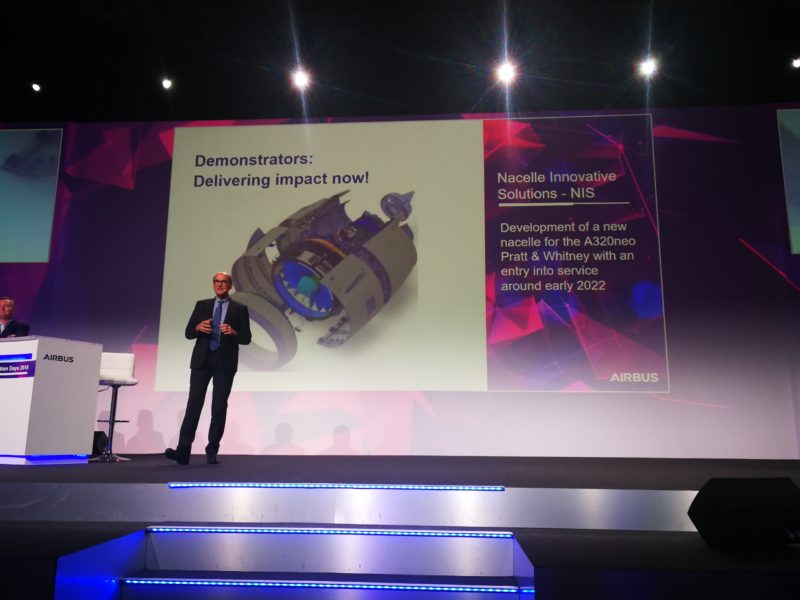
A330neo Certification Update
The A330-900neo is already in operation around the world and is performing well. It’s smaller and quite frankly, less popular sister, the A330-800 is still powering through certification and Airbus states the aircraft will be certified by the end of this year.
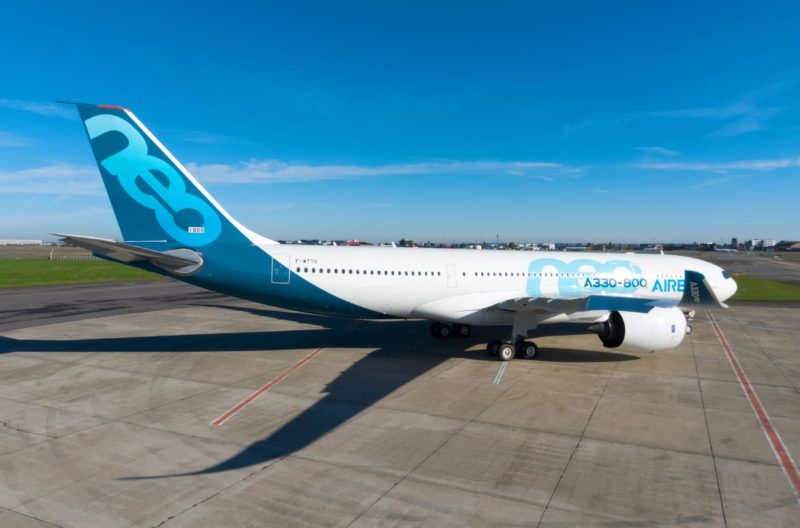
A350 – “The Star”
Airbus played the A350 very aggressively during their presentations, with their Chief Commercial Officer, Christian Scherer, often comparing it to the Boeing 777X, which he referred to as an old or re-engined “hummer” numerous times, causing quite the discussion within the audience.
Going strong with digitization and connectivity, Airbus was very keen to note the A350 is the most connected Airbus aircraft, calling it “the star”.
With its advanced cockpit, cabin and maintenance systems, airlines and manufacturers are able to determine the health of the aircraft and prevent or understand when parts need to be assessed.
The most interesting and startling fact was Christian Scherer’s hit at the Boeing 777X with the following statement:
“At takeoff weight, the A350 is 45,000kg lighter than the Boeing 777X”
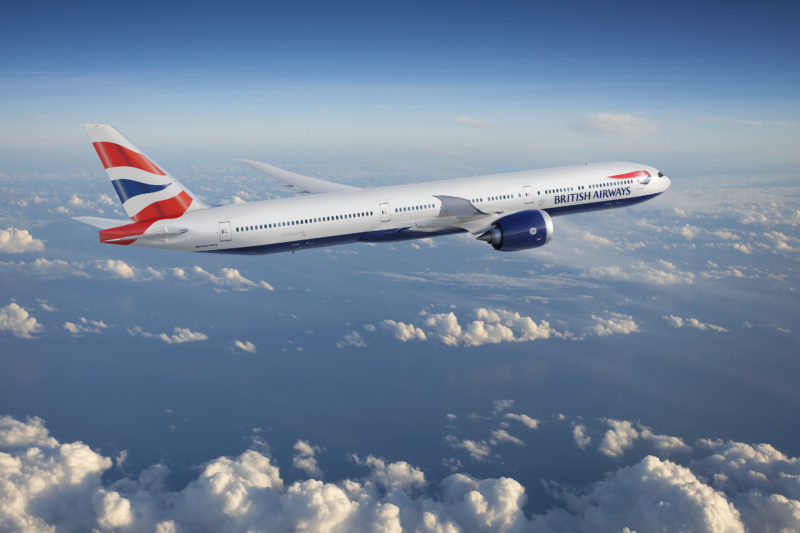
Since the announcement that A380 production will be concluding in 2021, many have questioned what will be Airbus’ next flagship aircraft. Will they build a larger A350 to compete with the 777-9 or potential 777-10?
The simple answer is no. Airbus will not build a larger A350 according to their CEO Guillaume Faury during the huge Gala Dinner, however during previous events and questioning, no major A350 changes will occur until the next rollout of engines.
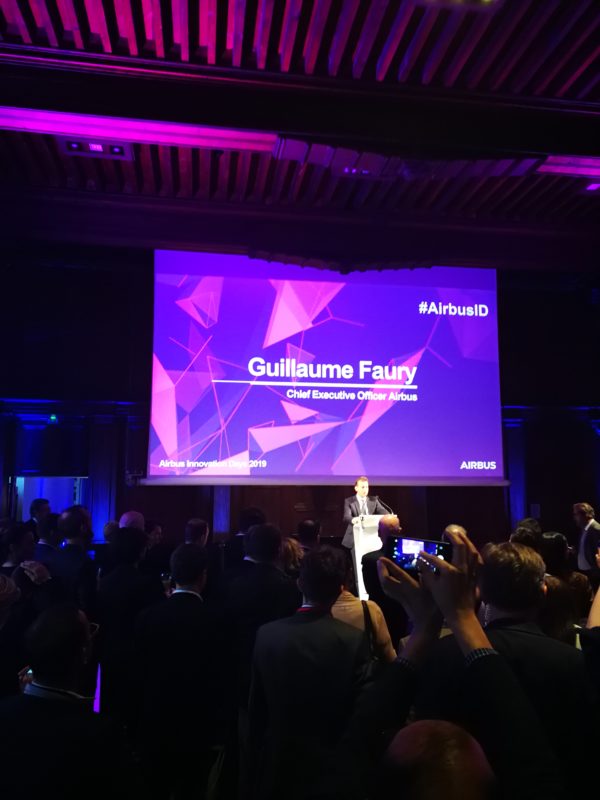
Digitization has benefited the A350 program greatly, as the aircraft was able to be designed at the same time as the production lines and logistics. An important figure to note was Airbus’ comfort level at 10 A350s per month.
Asking about whether a solution had been drawn up for Qantas’ Project Sunrise order, Christian Scherer and Guillaume Faury both admitted Airbus has developed a product/solution for Qantas’ needs – some very exciting news for us Australians!
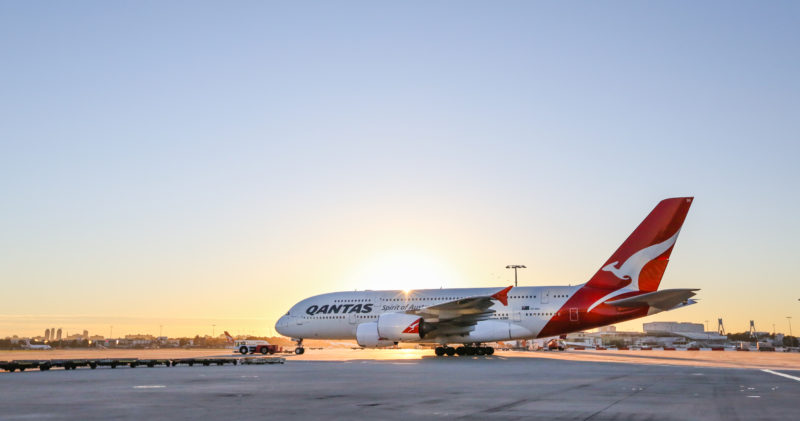
Production Systems
I was given a tour of the Toulouse A350 XWB Final Assembly Line (FAL). Here are some photos:
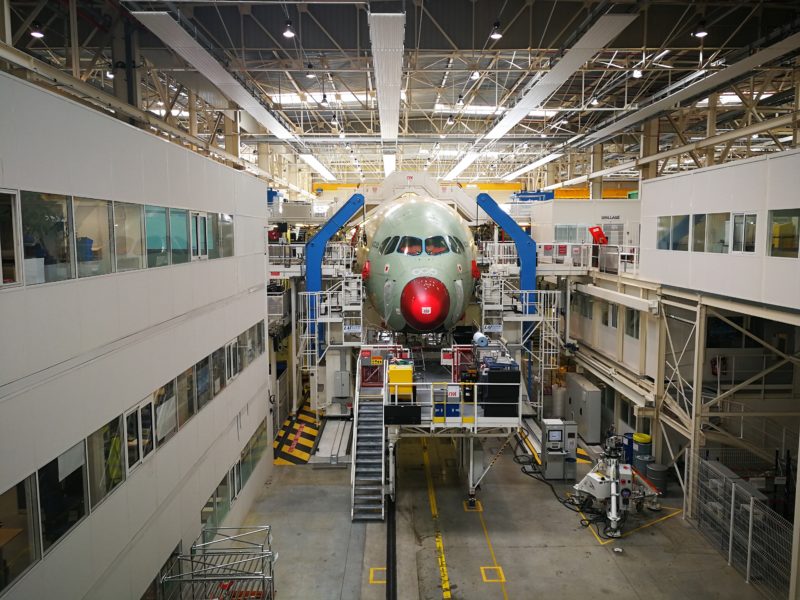
It’s amazing how you can take an aircraft for what it is, but it becomes magical when you see the scale of the production and the effort that goes into designing the entire system – something Airbus was very adamant about.
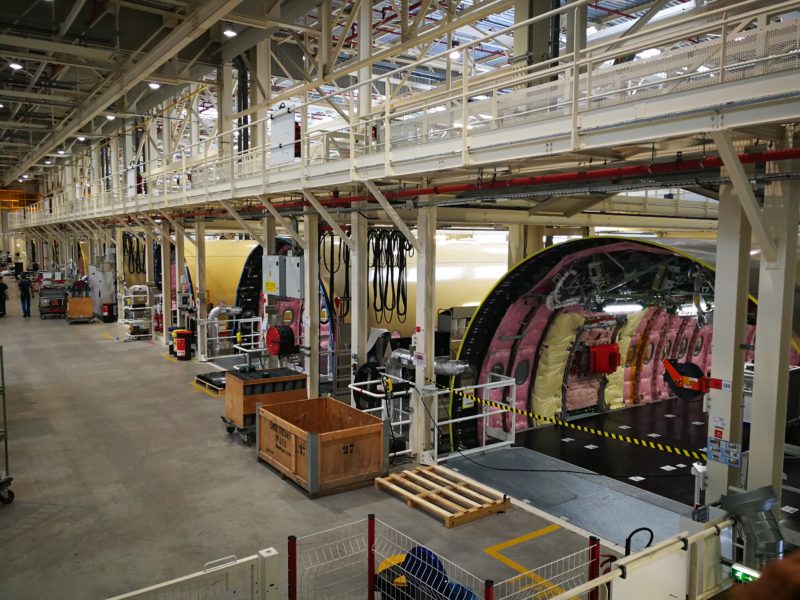
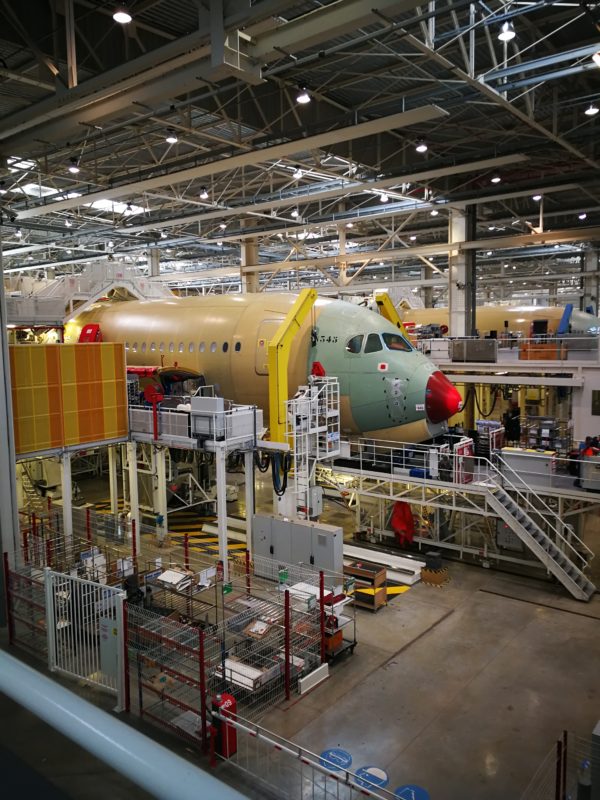
During the industrialization presentations, Airbus highlighted some incredible pieces of technology that are being used by production line workers to increase efficiency, safety and health.
Using smart glasses, production workers are able to locate where wiring harnesses, plumping and avionics are intended to be positioned when assembling the aircraft.
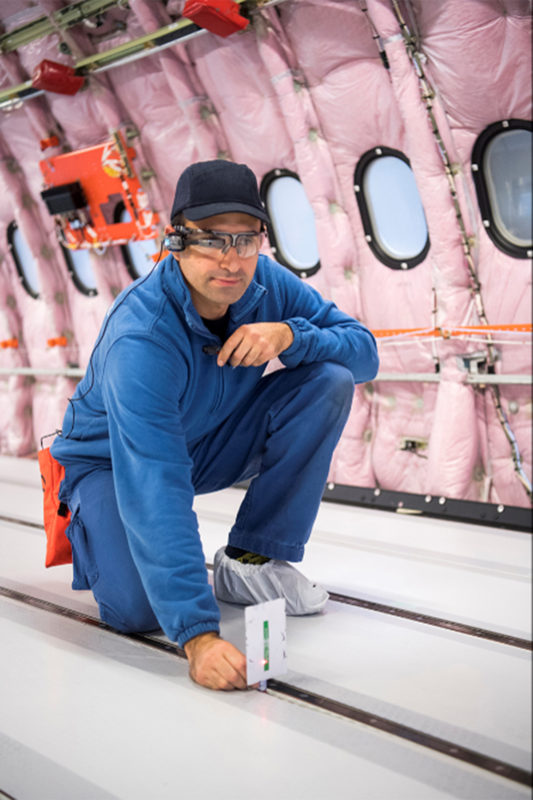
To compliment this wearable, some workers involved in large movement are fitted with exoskeletons that allow them to benefit from the mechanical advantage of springs and motors, reducing strain on joints, specifically the back.
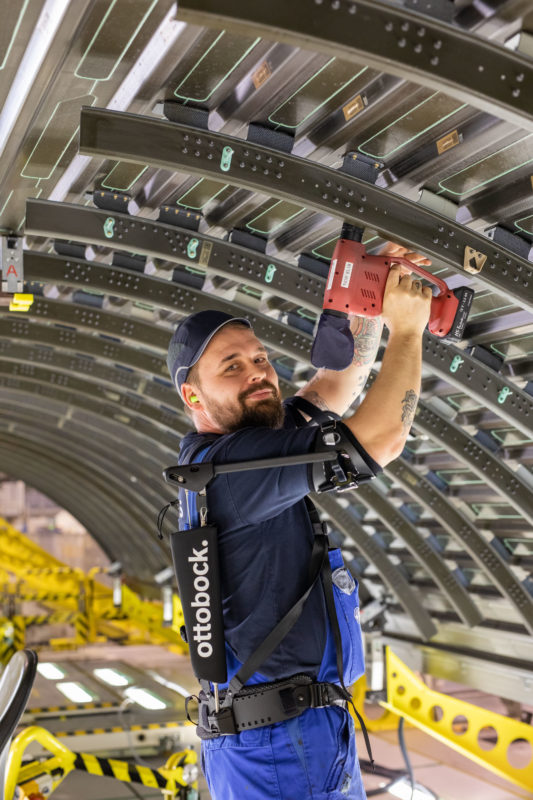
Speaking digitization again, Airbus’ Hamburg facility – the fourth one that’s automated – has had some teething issues, however after ironing them out, is operating smoothly.
New methods of production are always being assessed to hold a competitive advantage. The Belfast A220 wing production plant is on Airbus’ radar for its manufacturing methods.
Regarding the A380 production halls that are absolutely enormous, Airbus does not yet have a plan for them. Meetings are ongoing to determine what will happen, whether it takes on additional A350, A320 or A330 facilities or adopts them for a new aircraft.
New Technologies
When it comes to technology, large companies are always investing in what’s available now and in the future. A specific subject held tightly in Airbus’ hands is materials.
We’ve adopted carbon composites for the A350 and 787 as well as large parts for re-engined aircraft, however when we look further down the line, carbon composite is being shrugged upon.
Airbus is assessing the use of algae for structural materials. When algae consumes CO2, it leaves behind fibers. If these can be extracted and woven or at least bonded together, Airbus understands the material could be a huge breakthrough in light, strong materials.
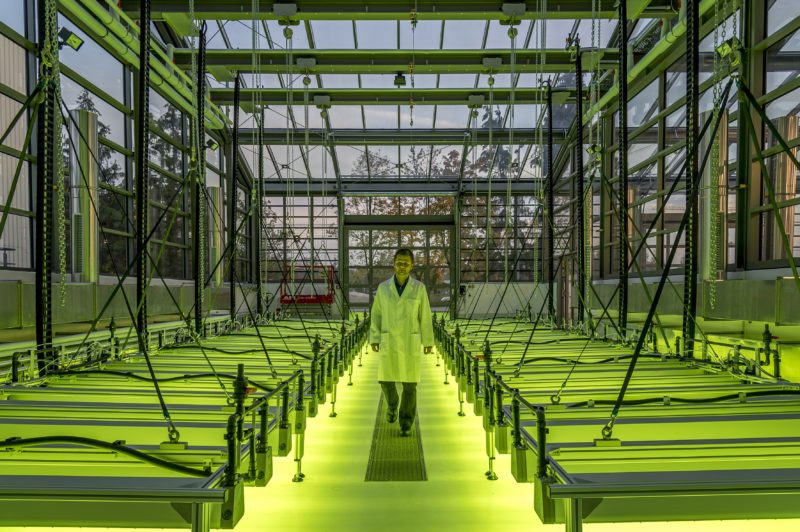
The same goes for artificial spider silk. Thin, ultra-light and the benefit of enormous strength means if it can be largely produced in a sustainable manner, Airbus has their hands on a material that would be extremely useful for wings.
Wing of the Future
Airbus presented a video of scale model demonstrator tests to explore the benefits of folding wing tips that help alleviate gust loads, reducing the effects of turbulence and reducing structural weight.
Unlike the 777X where the wings fold to allow the aircraft to fit around airports, AlbatrossOne, the demonstrator, features hinged wings that point downwards. As air flows over the wing when the aircraft speed increases, the lift produced brings the wings into the upward position, acting as winglets but also helping with gust alleviation.
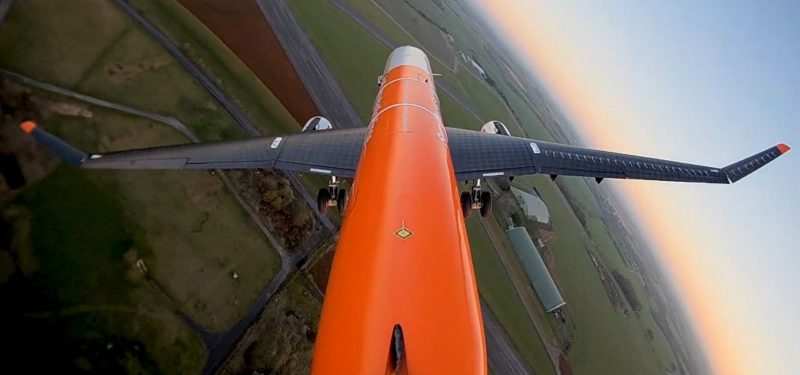
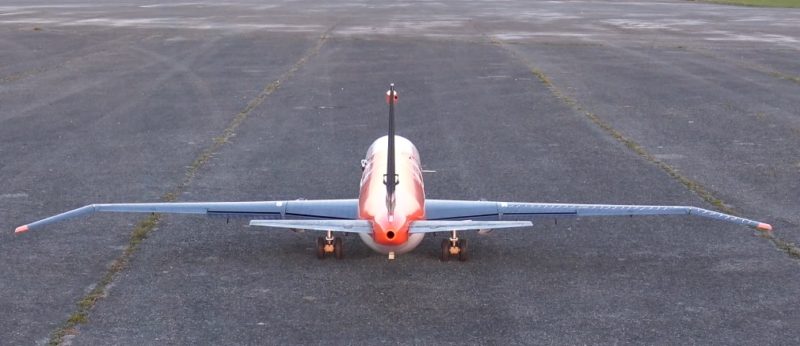
Although a complex system to ensure safety and proper function, Airbus believes the wing is the future when it comes to increasing passenger comfort and reducing fuel burn.
The model, which looked awfully like an A321, presents a scale simulation of a 45m wingspan with 4.5m folds. Testing has concluded that aerodynamics would keep the folds in the optimal position during flight, even during gusty times and banks.
Cabin Systems
Lots of cabin demonstrators were at the Airbus Innovation Days, varying from Airspace by Airbus mock-ups to teasers about new cabins, including my favorite, the lower-deck modules.
Available for the A350 out of the box and to the A330 with a simple air supply upgrade, the lower deck modules are in the form of a cargo pallet that can be installed or removed during a stopover. By simply unplugging the electrical and air, the containers can be moved out and stored where airport cargo containers usually sit within an airline.
@Airbus and @SAFRAN lower deck modules on display at #AirbusID. A350 is fully supportive, A330 just needs an air supply adaptation. Can be installed or removed during stop overs – loaded like cargo containers – plug based for electrical. pic.twitter.com/Xj86vXberE
— Inflight Aviation News (@news_inflight) May 21, 2019
Why does this concept interest me so much? Qantas has seen these modules and finds them interesting, and with the decision between the Airbus A350 and Boeing 777X set to be announced in the very near future, we may just see them utilizing this cabin concept for Project Sunrise.
Airbus loves their connected cabins so having a mock-up to explore was quite interesting as it allowed an up close and personal view on how it would benefit passengers.
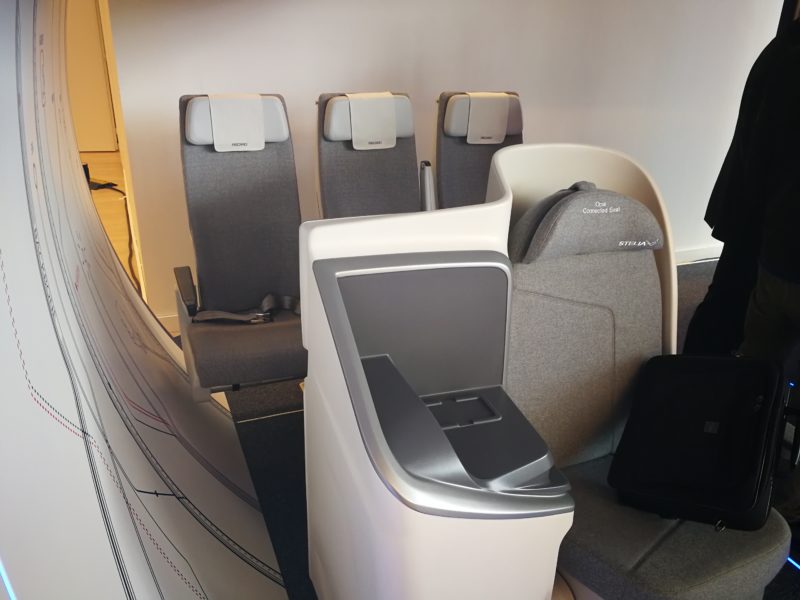
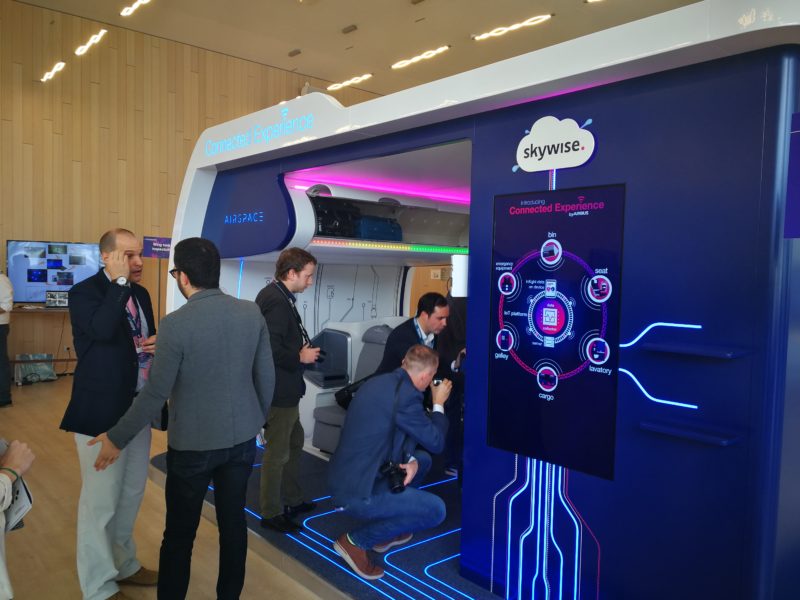
The idea behind the connected cabin is Airbus will use their enormous Skywise platform to gather data from seats, overhead lockers, galleys, bathrooms etc to optimize the aircraft inflight and during upgrades to fit passenger needs.
Although additional sensors will be required, Airbus aims to have this sorted in the near future. For those who are concerned about privacy, Airbus strongly noted no passenger information will be stored or used.
Another interesting piece that entered the public domain in recent times is the corner seat. Rather than reclining the passenger in a fixed manner, the goal of this seat is to allow the passenger to recline their own way.
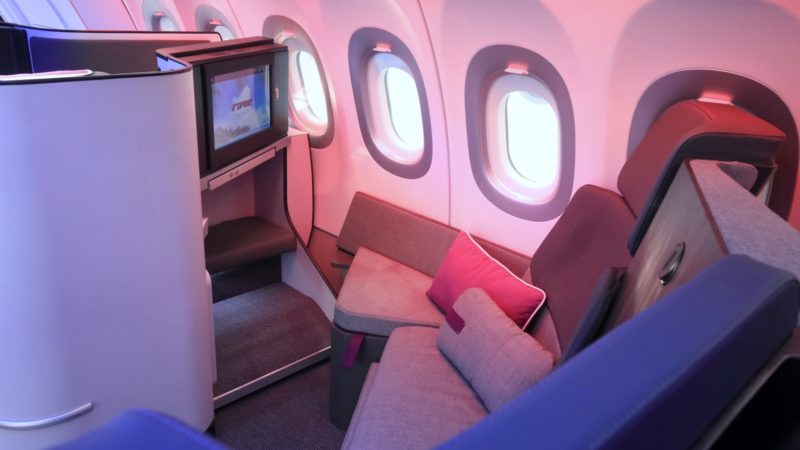
What’s next?
As air travel continues to grow, regulations become stricter and airlines become more competitive, the need for a unique aircraft from all sides becomes apparent.
Airbus’ next aircraft will be easy to manufacture, sustainable, more automated, feature greater connectivity and most importantly, be extremely safe.
Using Skywise, their digital platform, and the data gathered, Airbus is planning a smooth production and operating system for the aircraft.
Although there’s nothing in the pipeline for the very near future, Airbus has strong goals to achieve 60 aircraft per month two years after entry into service.
Different configurations and new technology is being developed, including the AlbatrossOne wing as seen above, Boundary Layer Ingestion (BLI) and electric/hybrid aircraft.
SAS Scandinavian Airlines has signed an MoU with Airbus into the research of hybrid and electric aircraft ecosystems and infrastructure.
Collaboration will start June this year and conclude at the end of 2020. Airbus released the following aircraft concept:
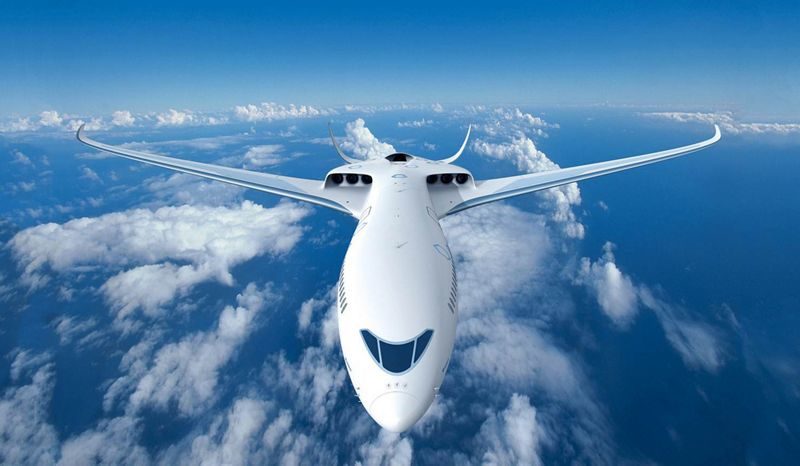
Final thoughts on the event
Being my first event at Airbus, it was a whole new experience. Meeting great people, seeing great products and really getting involved in some of the action gave me a whole new viewing scale for the scope of commercial aviation.
Taking an aircraft for granted is easy, Seeing the entire process of it being put together, the developments alongside it and the people involved with ensuring it works properly is magical.
A fine art that’s been tuned for many years with the cooperation of everyone in the aviation industry!
As Airbus starts their 50th year anniversary, more events will be taking place, with the notable one being the Airbus Family formation flight around their facilities which will include the A320, A330, A350 and A380 families as well as the Beluga family with varied defense and space showcases.
Stick around this blog to see it all take place!
